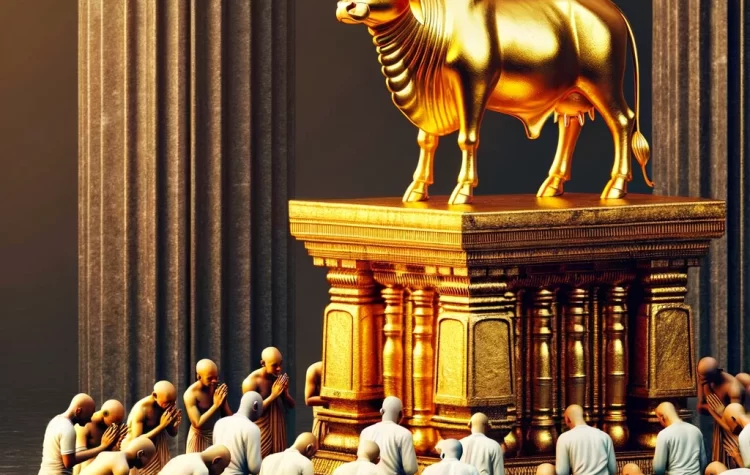- Definition: The term “devil” generally refers to a supernatural being that is the embodiment of evil and the enemy of God and humankind. In various religions, mythologies, and folklore, the devil is often depicted as a tempter or the personification of evil, responsible for leading humans astray. The characteristics and roles attributed to the devil vary significantly across different traditions.
- Etymology and Origin:
- The English word “devil” comes from the Middle English “devel,” which in turn comes from Old English “dēofol.” This Old English term was derived from Latin “diabolus,” itself from Greek “diabolos,” meaning “slanderer” or “accuser.”
- The Greek “diabolos” is a translation of the Hebrew “satan,” a term that originated as a generic noun meaning “adversary” or “accuser.” In the Hebrew Bible, “Satan” is not a specific character but rather a term denoting an opposing figure.
- Over time, in the context of Christian theology, the Devil became personified as a singular, evil antagonist of God, a transformation that was largely completed by the early medieval period. This concept of the Devil as a personified evil has been influential in Christianity, Islam, and various other religions and cultures.
The evolution of the term “devil” from its linguistic origins to its current usage reflects significant changes in religious and cultural perceptions of evil, from an impersonal adversary or accuser to a personified embodiment of evil in the world.



